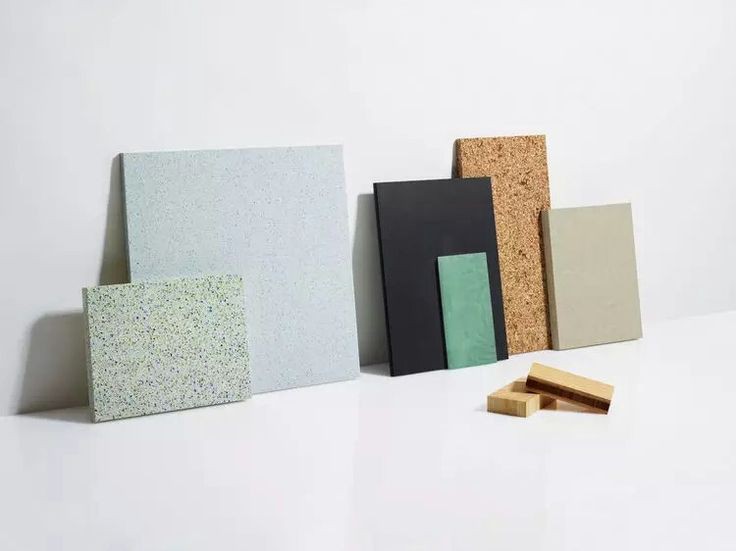Creating stunning designs is an art that combines creativity, functionality, and the right materials. The materials you choose can significantly influence the aesthetics, durability, and overall impact of your design. Here’s how to achieve stunning results by understanding and leveraging different materials.
Understanding Material Properties
Before diving into the design process, it’s crucial to understand the properties of the materials you plan to use. Each material has unique characteristics such as texture, flexibility, durability, and color, which can enhance or limit your design possibilities. For instance, wood brings warmth and natural beauty, while metal offers a sleek and modern look. Knowing these properties helps in making informed decisions that align with your design vision.
Wood
Wood is a versatile material that can be used in various design styles, from rustic to modern. It’s known for its natural beauty, warmth, and durability. When using wood, consider its grain, color, and type. Hardwood like oak or walnut adds richness and longevity, while softer woods like pine can be more budget-friendly and easier to work with. Finishes such as staining, varnishing, or painting can further enhance the wood’s appearance and protect it from wear and tear.
Metal
Metal is ideal for creating sleek, modern, and industrial designs. It’s strong, durable, and offers a range of finishes, including polished, brushed, and matte. Metals like stainless steel, aluminum, and copper each bring their own unique aesthetic. For example, stainless steel is perfect for minimalist designs due to its clean and shiny look, while copper can add warmth and a touch of vintage charm. Metals can be molded, welded, or cut into various shapes, providing flexibility in design.
Glass
Glass adds elegance and sophistication to any design. It can be used for windows, doors, partitions, and even furniture. The transparency of glass allows for natural light to flow through spaces, making them feel more open and airy. Different types of glass, such as frosted, tinted, or tempered, offer varying degrees of privacy, safety, and aesthetic appeal. Using glass in combination with other materials, like wood or metal, can create stunning contrasts and harmonious designs.
Fabrics
Fabrics play a crucial role in interior design, particularly in upholstery, curtains, and decorative accents. The choice of fabric can influence the comfort, color scheme, and texture of a space. Natural fabrics like cotton, linen, and wool provide a cozy and breathable feel, while synthetic fabrics like polyester and nylon offer durability and ease of maintenance. Patterns, colors, and weaves can add layers of visual interest and personality to your design.
Stone
Stone is synonymous with luxury and timelessness. Materials like marble, granite, and slate are commonly used for countertops, flooring, and accent walls. Each type of stone has its own unique veining and color variations, adding natural beauty and elegance to any design. Stone is incredibly durable and can withstand heavy use, making it ideal for high-traffic areas. Polishing, honing, and sealing are treatments that can enhance the stone’s appearance and protect it from stains and damage.
Combining Materials
One of the most effective ways to create stunning designs is by combining different materials. This approach allows you to play with contrasts, textures, and colors to achieve a dynamic and cohesive look. For example, pairing wood with metal can create a balance between warmth and modernity. Using glass with stone can add a touch of elegance and sophistication while maintaining a natural feel. Thoughtful combinations can highlight the best features of each material and elevate your overall design.
Sustainability Considerations
Incorporating sustainable materials is increasingly important in design. Using recycled, reclaimed, or eco-friendly materials not only reduces environmental impact but also adds a unique and meaningful aspect to your design. Bamboo, reclaimed wood, recycled metal, and low-VOC paints are examples of sustainable materials that can be used creatively to achieve beautiful and responsible designs.
Creating stunning designs is about more than just aesthetics; it’s about understanding the properties and potentials of the materials you choose. By carefully selecting and combining materials like wood, metal, glass, fabrics, and stone, you can create visually captivating and functional designs. Embrace the characteristics of each material and explore sustainable options to make your designs not only beautiful but also meaningful and environmentally friendly.

